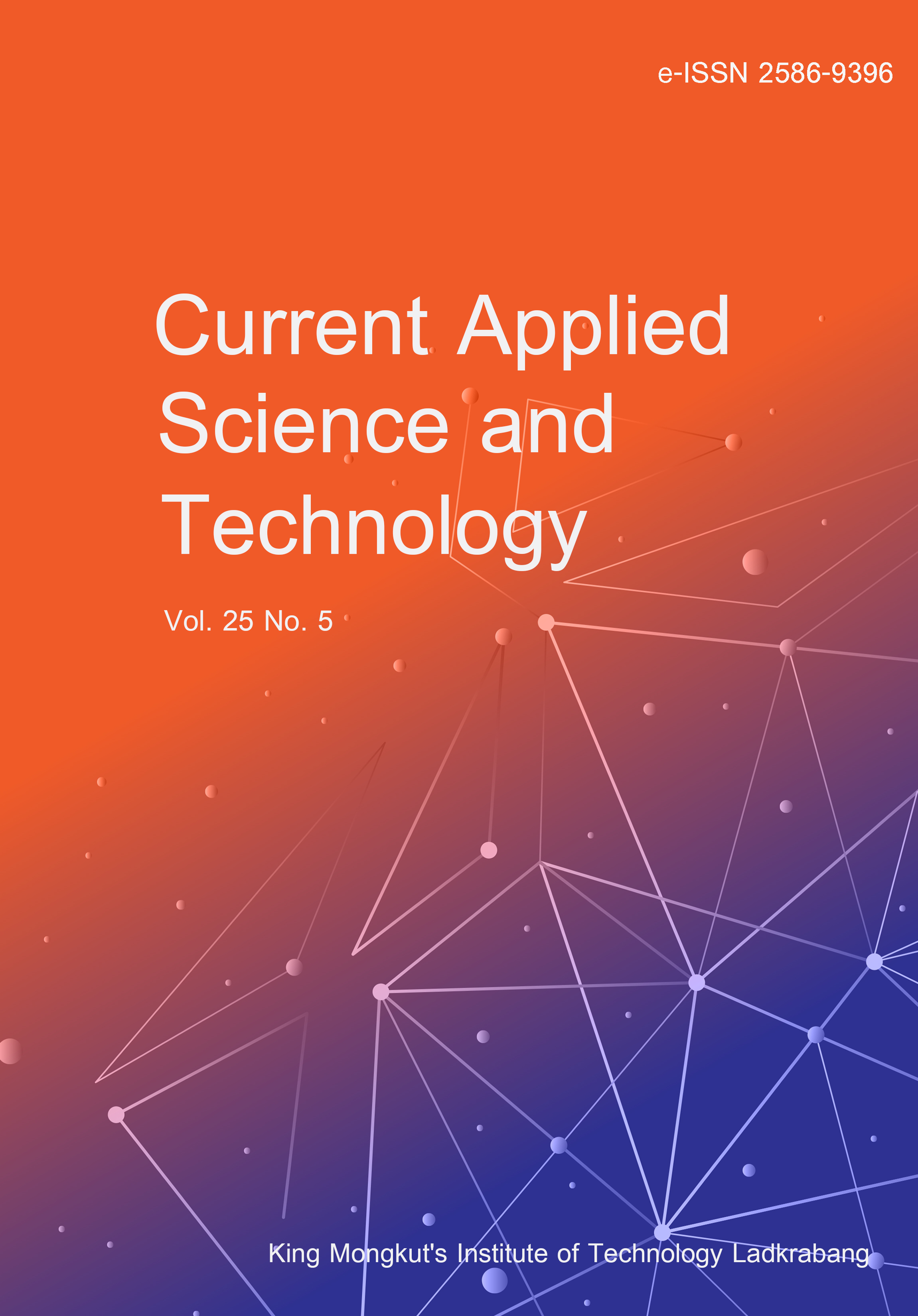ZnO nanoparticles with adjustable morphology were synthesized using a variety of basic solutions. The formation of distinct intermediates during the synthesis process resulted in variations in the crystal structure, size, shape, and optical characteristics of the ZnO nanoparticles. In this study, ZnO nanoparticles were prepared via a simple precipitation method. The various ZnO intermediates formed with different basic solutions were identified using Fourier transform infrared spectroscopy (FTIR) and X-ray diffractometer (XRD). After calcination at 600°C, the XRD patterns revealed that all the ZnO nanoparticles produced were hexagonal wurtzite. However, the morphology of each ZnO synthesized varied due to the different intermediate formations and hydroxide ion concentrations present in the various basic solutions. Additionally, the photocatalytic performances of the synthesized ZnO variants were evaluated by the photodegradation of various organic dyes under UV irradiation. The results indicated that ZnO nanoparticles prepared with NaHCO3 exhibited the highest photocatalytic efficiency.
Limsapapkasiphon, S. ., Sirisaksoontorn, W. ., Thaweechai, T. ., Songsasen, A. ., & Srinoi, P. . (2025). Intermediates Directing ZnO Nanoparticle Morphology for Enhanced Environmental Applications. CURRENT APPLIED SCIENCE AND TECHNOLOGY, e0262911. https://doi.org/10.55003/cast.2025.262911

